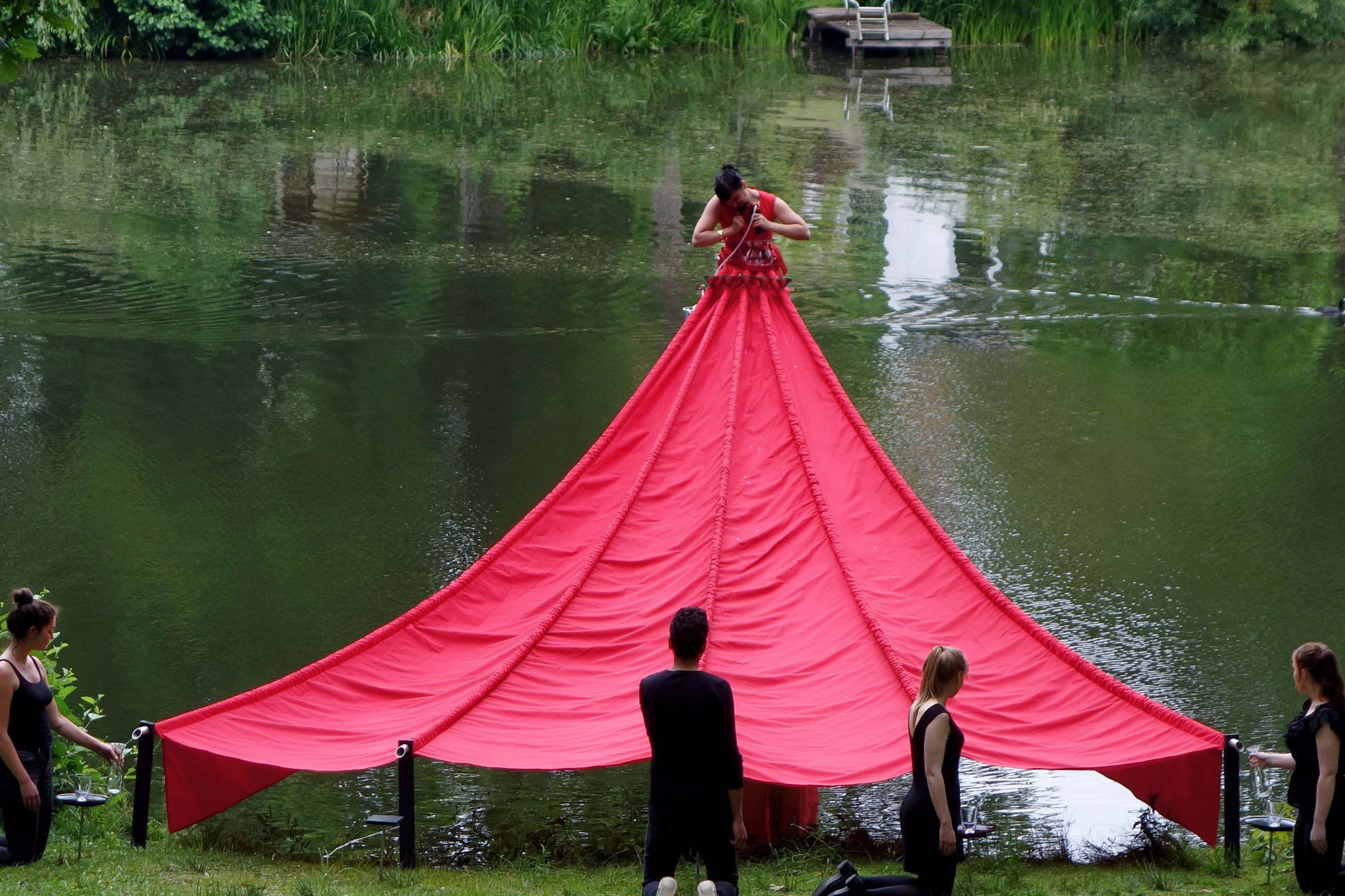The exhibition and the book, prepared by VEKAM, are meant to complement the research exhibition, curated by Ali Cengizkan and N. Müge Cengizkan, for the 50th anniversary of the Vehbi Koç Foundation. The research focuses on the structuring, modernization and the establishment of Yenişehir that happened during the first decade of Ankara as the capital of Turkey. This is also a way of looking at a little known period, which was transforming rapidly at the time, as residential culture was changing towards “modernity”.
The exhibition and the book illuminate the past of Ankara through the themes of modernized settlements in the old and new regions, the formation of the city and park culture, the modernization of public services, the creation of commemorative culture, the identification of national culture and the modernization of the social life of the city. The exhibition focuses on how a new city was constructed in the first quarter of the twentieth century, in a war-torn country experiencing the old Ankara / new Ankara dilemma, from the proclamation of the Republic until 1933, the tenth year of the Republic.
It also seeks to answer the following questions: “What is the “new housing” needed by the new society, and how has it been achieved? What are the characteristics of the residential culture created by the “new people” of the city? How did politicians, landlords, planners, architects, contractors and intellectuals determine the residential culture according to their own housing needs? Is it natural that the planned environment disintegrated due to the societal dynamics and gaps that appeared in historiography as the “new society” appeared on the horizon?”
Research on this little known period of Ankara was done by looking back on the documents that have been ignored so far, especially on written historiographic materials, original plan sheets, title deed cadastral documents and the increasing collection of information in the 2000s, based on photo-cards and albums. The method itself creates an innovative digital appraisal and micro-history study base, so that the new city structures and spaces can be reconsidered as an integral product.
What emerged from this was an unknown, new, innovative, generous and uncompromising Ankara that never flatters. There is much to be learned from Ankara, between 1923 to 1933, in terms of urban genetics, architectural archetypes, stylistic experience and local administrative operations.
In the exhibition and book, first-hand, original and newly produced visuals were used instead of the familiar visuals of Ankara during that period. In principle, the old / new comparisons aren’t the methods that produce nostalgia; rather empathy tools were used in order to understand the period. It is known that nostalgia creates alienation, while alienation leads to romantic escape and irresponsibility.
The exhibition and the book aim to contribute to the modern history of the city and trigger the idea of establishing an “Ankara City Museum“. In the exhibition, half-hour modeling films based on approximately 1300 postcards are projected on 4 screens constantly to emphasize the main source of the research project. There are more than 350 original photographs on the walls that introduce the old and the new regions of Ankara in 1933. Clustered around 8 different themes, it makes us think: What kind of interactions gave rise to the new person, new housing and the dream of a new society? What did the 38 writers, planners, architects, politicians, wanderers or intellectual residents of the city think when all of this transformation took place? What type of an outcome is this “new city” that emerged from all these new developments?
“New Ankara” invites you to a close reading concerning the difficulties of building a city.
The Construction of a New City: Ankara 1923-1933
The exhibition invites everyone interested in Ankara to witness the construction of the city and to see the New Ankara. As a research project, the exhibition also aims to contribute to the modern history of the city.
The exhibition explores how Yenişehir, an empty land in 1923, was expropriated in 1925 and developed by the Municipality and the Foundation Administration, and how it reached the 1933 Red Crescent. Yenişehir, known today as the Red Crescent, is the focus of the exhibition, extending from the Sıhhiye Bridge to the Assembly Junction, and from the College to Demirtepe.
Approximately 350 photographs depicting the period between 1923 to 1933 are brought together under eight main themes. Along with the videos produced from architectural and urban modelings, the 1939’s aerial photographs revive the Ankara of that period. The findings of the research made it possible to represent the housing types of Yenişehir through the models.
The Film Rooms in the exhibition space revive 1920s Ankara by showing documentaries and period films. The snapshots bring together the experiences and writings of politicians, writers and intellectuals, architects, planners and contractors (close to 40) regarding the first decade of the capital, and it includes names such as, Mustafa Necati, Halide Edip Adıvar, Arif Hikmet Koyunoğlu, Carl Christoph Lörcher, Nafiz Kotan of Erzurum, and Grace Ellison. Nadire Cabinets presents ephemera and printed collection materials related to the people and places of the period. The Construction of a New City: Ankara 1923-1933 book deepens the exhibition with readings and new documents and meets the readers as part of the Koç University VEKAM Publication.
Curated by Ali Cengizkan and Müge Cengizkan, the exhibition will run until January 12that CerModern.







